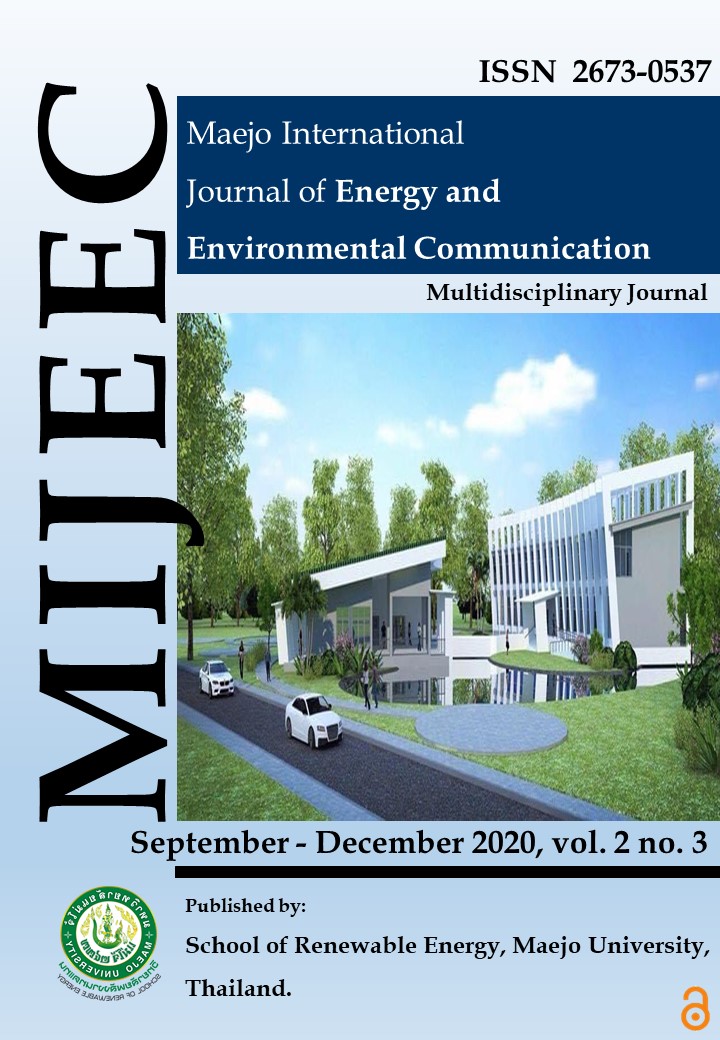Spirogyra cultured in fishpond wastewater for biomass generation
Main Article Content
Abstract
Algae are aquatic organisms that can be found in a wide range of water bodies. Algae, a form of aquatic organism, is found in many different water types. Besides being relatively easy to maintain, algae are also numerous, making them a good choice for biomass production. The filamentous Spirogyra sp., a common green alga, tends to grow in freshwater. It is said that this macroalga has a wide variety of biotechnological applications. Research in this area highlights biomass's creation and builds on our understanding of the composition of macroalgae generated in fish farm wastewater. A study of Spirogyra in undisturbed fish farm wastewater was conducted in this study. Various algal species were evaluated for their qualities, including biomass yields and productivity, protein, fat, and carbohydrates. This investigation has confirmed that the nutrients in fish farm effluent are suitable for cultivating algal biomass. Protein, lipid, and carbohydrate levels in unaltered fish farm effluent were the highest for Spirogyra, with percentages of 19.03, 8.38, and 45.71%, respectively. Thus, it was the most suitable organism for various biomass-based applications and nutrient removal.
Article Details
Copyright © 2019 MIJEEC - Maejo International Journal of Energy and Environmental Communication, All rights reserved. This is an open-access article distributed under the terms of the Creative Commons Attribution-NonCommercial- Attribution 4.0 International (CC BY 4.0) License






